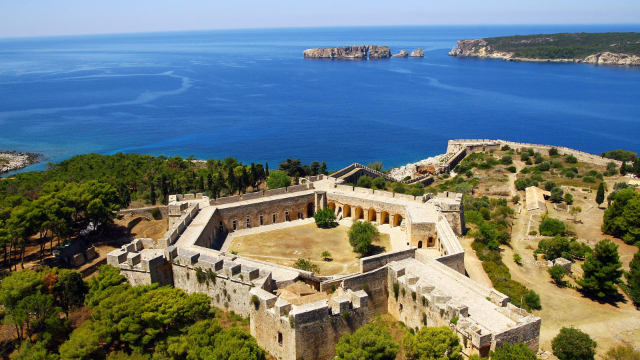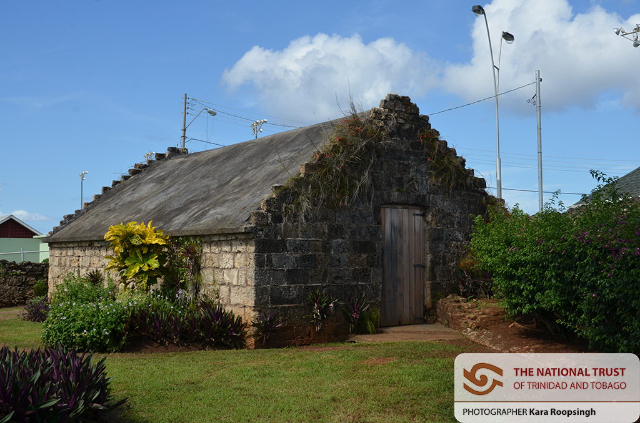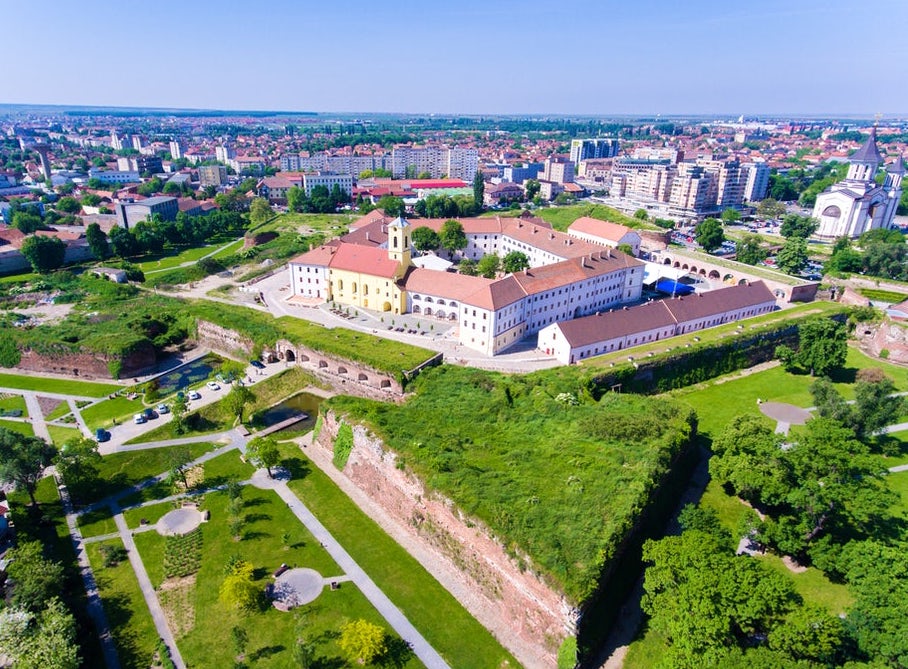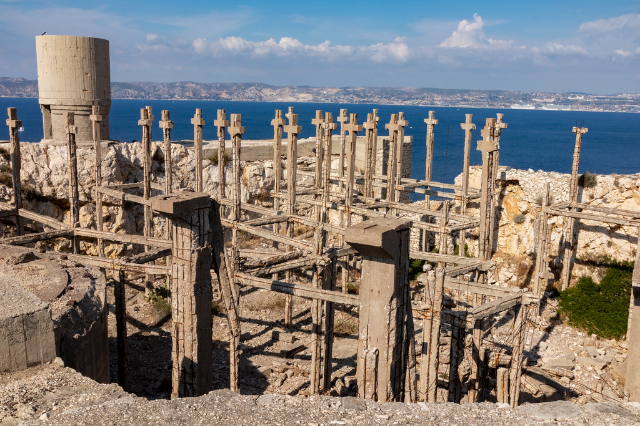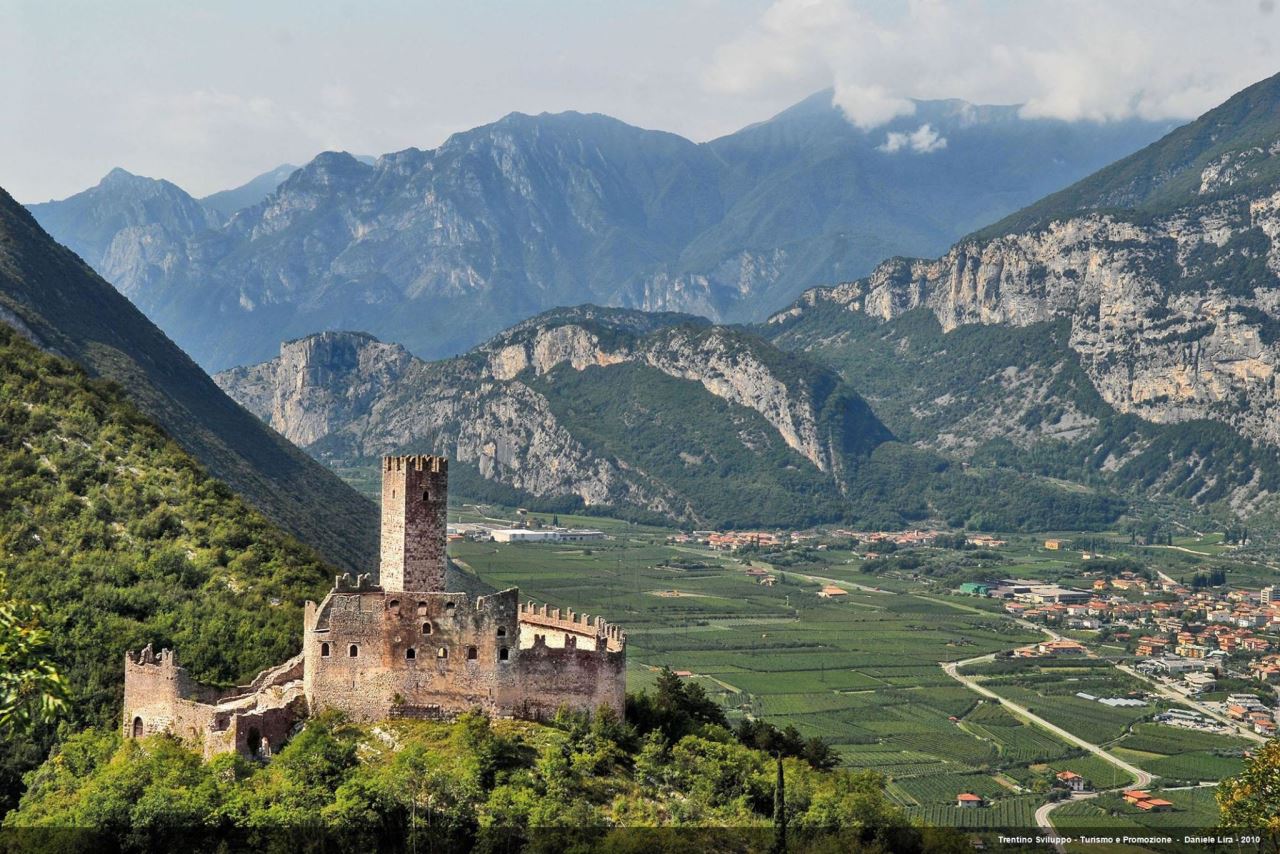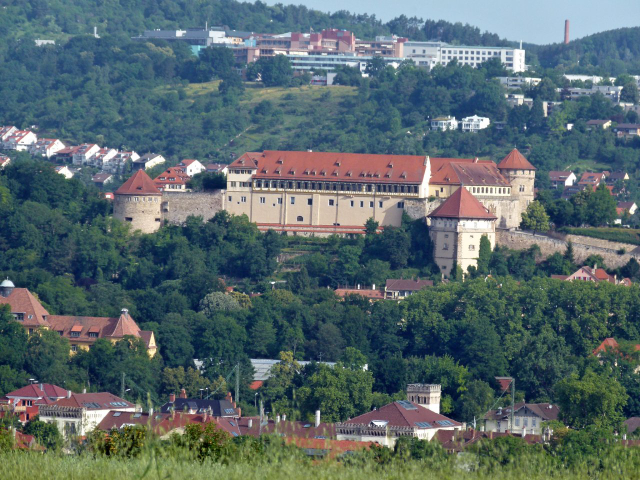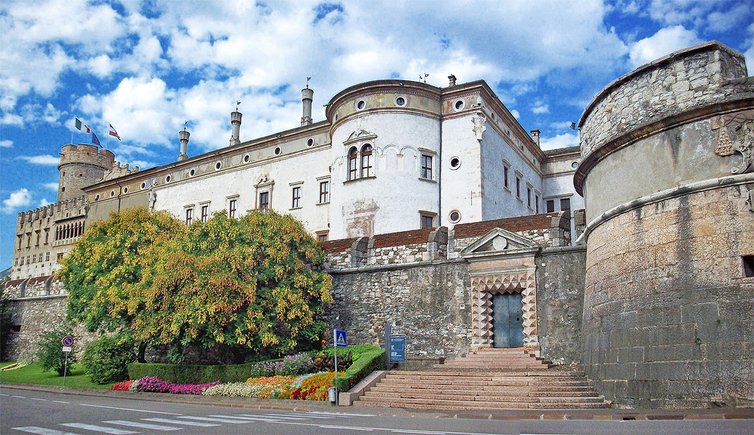<p><span style="font-size: 14pt;">Overlooking the city of Pylos and its harbor, Neokastro—literally meaning "New Castle"—is a magnificent fortress built during the 16th century by the Ottoman Empire. Its well-preserved walls and battlements offer a vivid glimpse into the area’s rich history, and its elevated position provides breathtaking views of the surrounding landscape, including the sea and nearby islands. The fortress was strategically designed to protect the bay and control maritime routes. </span></p>
<p><span style="font-size: 14pt;"><strong>Pylos Castle</strong> is one of the best preserved fortresses in Greece, a splendid example of sixteenthcentury military architecture. It was built by the Turks in 1573, two years after their defeat by the Christian allies at Lepanto, the last great sea-battle in which oared ships were involved. To build Niokastro the Turks brought in European engineers and architects.</span></p>
<p><span style="font-size: 14pt;">They complied with all the specifications required for the castle to be defended from landward, and still more from seaward and for it to have withinits circuit a group of dwellings and a reinforced citadel. The castle’s walls were enlarged to eight and a half metres in height and three metres in breadth. This castle was a reinforcement for the south-west top of the Ottoman Empire, and the Turks thereby obtained safe harbourage against a seaborne foe.</span></p>
<p><span style="font-size: 14pt;">The New Castle was added to during the period (1686-1715) when the Venetians controlled the area; it was repaired, revamped and added to during the subsequent periods of war. One cannot fail to be impressed by the central gateway, known as the Zematistra, and by the two massive bastions that rise above the sea, the Evdomos or Santa Barba, and the Santa Maria.</span></p>
<p><span style="font-size: 14pt;">All along the south wall, at Verga, there is a series of embrasures; the cannon would principally face seawards. Each of the sides is reinforced with round towers, one of these being the Makrygiannis Tower. The citadel, a hexagonal structure is still preserved intact with its armoury of bastions, protected by a moat. The perimeter rooms in the inner circuit were convertedinto prison cells (1834-1941); </span></p>
<p><span style="font-size: 14pt;">today they house the Centre for Underwater Archaeology.</span></p>
<p><span style="font-size: 14pt;">Maison’s Barracks, a large stone edifice in the inner ward of the Castle, now houses the René Puaux Collection and has appropriate conference facilities. At the centre point, in an elevated position, is the Church of the Transfiguration, itself telling the story of almost the whole history of the Castle. It was originally an Ottoman mosque built at the sametime as the New Castle. </span></p>
<p><span style="font-size: 14pt;">In 1686, it was converted by the Venetian admiral Morosini into a Christian church and dedicated to Christ the Saviour. A Deo Gracias was sung here when <strong>Morosini</strong> captured the castle.</span></p>
<p><span style="font-size: 14pt;">The Turks recaptured Niokastro, together with Coron and Old Navarino, in 1715, where upon the church became a mosque once more. It was a church for the few days that the Russians occupied the Castle during the abortive Orlov Rising, and Alexei Orlov celebrated a service of thanksgiving there. </span></p>
<p><span style="font-size: 14pt;">It then reverted to being a mosque, until 1821, when the Greeks captured the Castle from the Turks and the mosque, for the third and last time, became a Christian church. It had been no more than two years before the Battle of Navarino that, in April 1825, both the Old and the New Castles, which had been in Greek hands from August 1821, almost from the very start of the war underwent their severest test. Landing his army at Methoni (Modon) in February 1825, <strong>Ibrahim Pasha</strong> had at once seen that the Bay of Navarino was his most suitable operational naval base.</span></p>
<p><span style="font-size: 14pt;">As you make your way around, you’ll find various spots that offer panoramic vistas—perfect for capturing that Instagram-worthy photo. </span></p>
<p><span style="font-size: 14pt;">Whether you’re interested in history, architecture, or simply soaking up the gorgeous views, Neokastro in Pylos offers a multifaceted experience that resonates with visitors long after they’ve left its ancient walls. </span></p>
<p><span style="font-size: 14pt;">Don’t forget to wear comfortable shoes, as you’ll be doing quite a bit of walking and climbing to fully explore this monumental site.</span></p>
